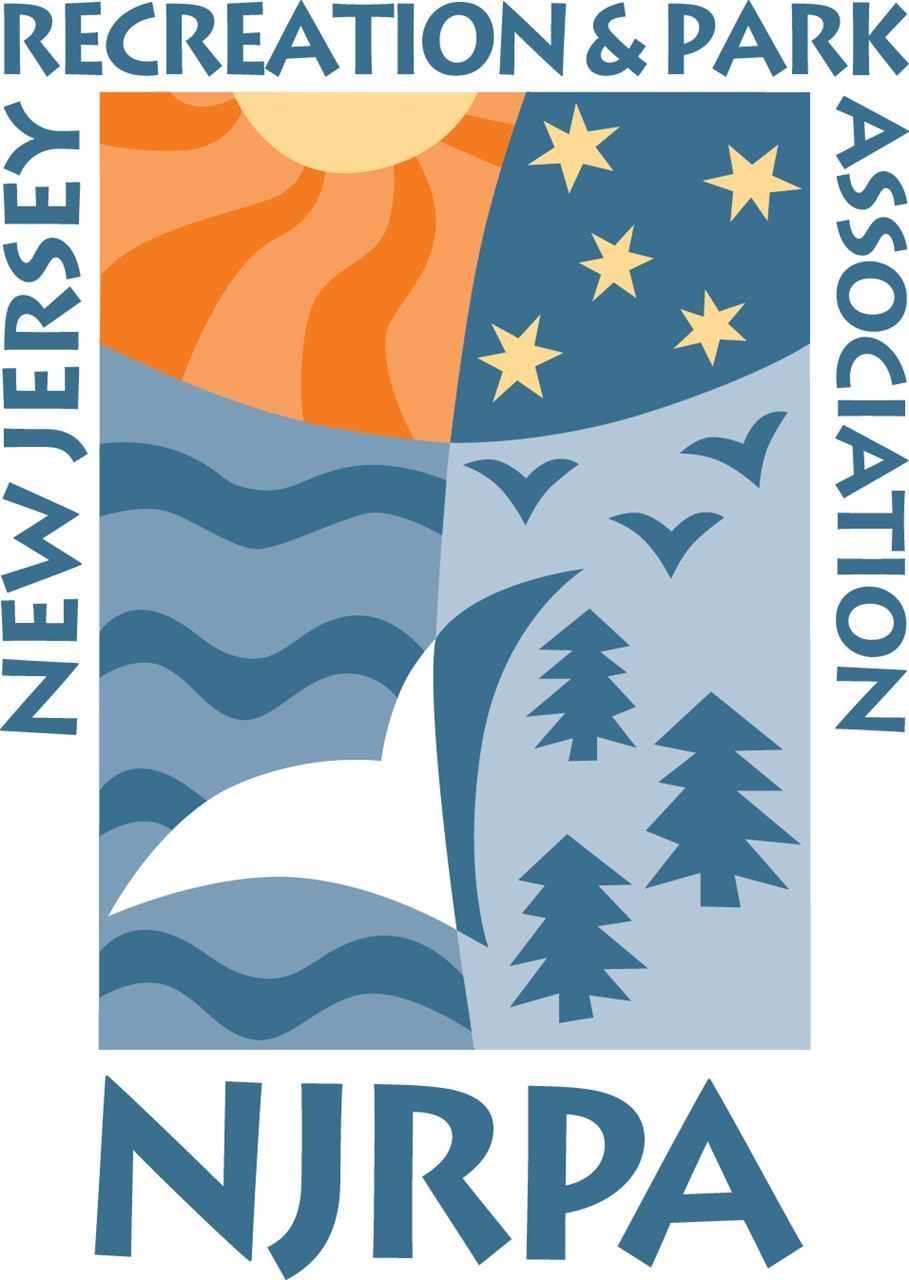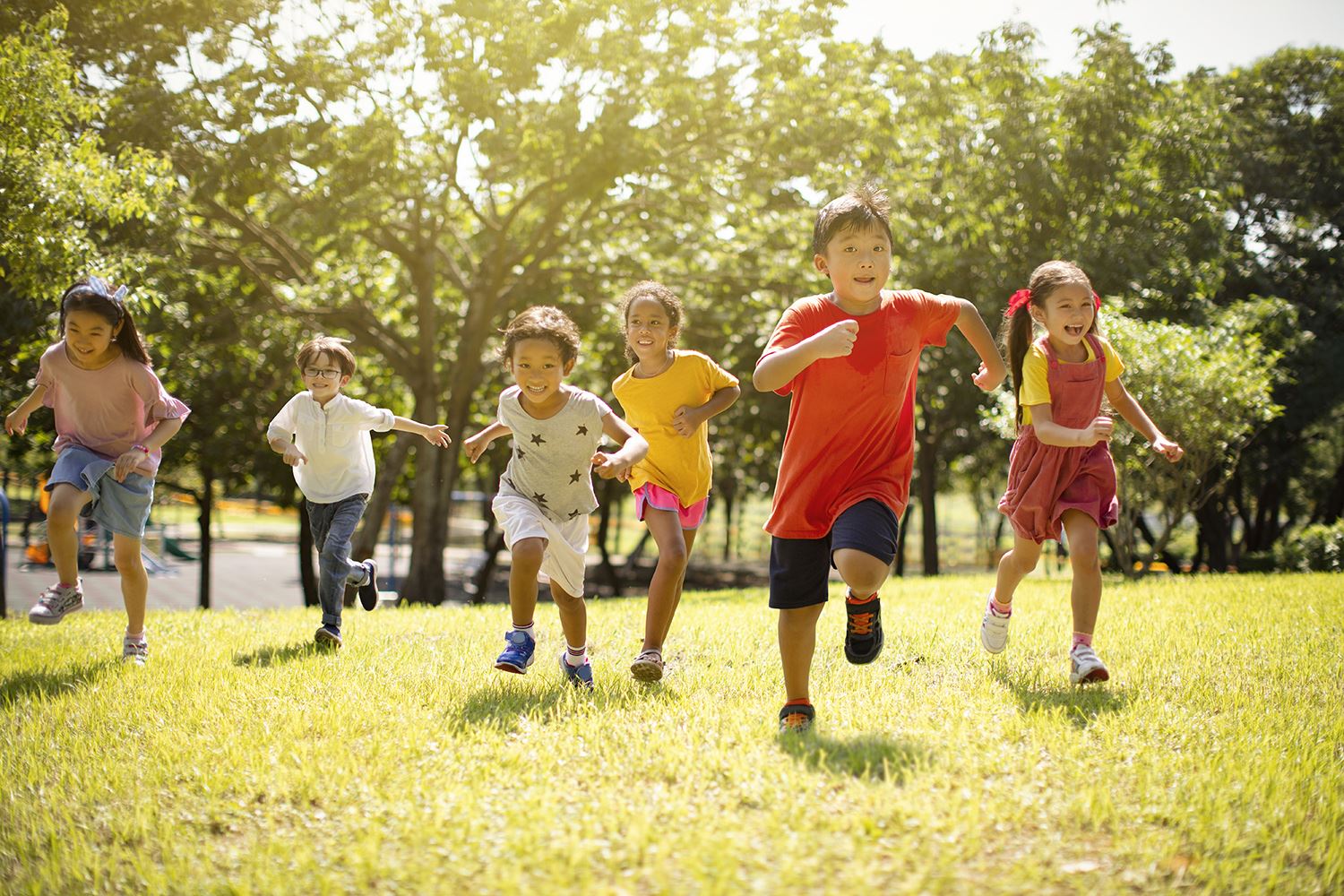The following interview appeared in the Sunday, July 22, 2018 edition of the Daily Record. Rosemarie Scolaro Moser was a speaker on the subject of concussion management in youth sports at NJRPA’s 2018 Annual Conference.
There’s a lot about CTE we still do not know. Not all the hype is to be believed, but education, prevention are key Concerns about sports concussions have been growing rapidly in New Jersey and across the country amid stories of a high percentage of deceased former football players found to have suffered from Chronic Traumatic Encephalopathy (CTE), a degenerative brain disease. While the National Football League and the NCAA continue adapting with rule changes designed to emphasize player safety, some states, including New Jersey, have considered an outright ban on youth tackle football for pre-teenagers. We asked one of the state’s leading experts in the field, Rosemarie Scolaro Moser of the Sports Concussion Center of New Jersey, to discuss some of the concerns about brain trauma in sports, the scientific unknowns and the rise in what she calls “concussion anxiety” among youth and young adults who have experienced head injuries.
Question: You have been researching youth concussions since the 1990s. What first got you interested in that particular field of study?
Moser: At age 6, my son Alex was able to skate backwards with such ease in hockey skates that he was quickly recruited to play defense. When he was10 or so I noticed that games were more competitive. I was a hockey mom as well as a neuropsychologist and was aware of the concussion programs begun at the NHL level, yet none of this knowledge or care was available at the youth level. As a mom, I thought, my child’s brain is more important to me than that of an NHL player who chooses to play for a living. So, I created and implemented an education-prevention program for youth in NJ. That is when I began my first research in the area of youth concussion.
Q: When did you first start hearing about Chronic Traumatic Encephalopathy (CTE) in relation to football? Was there an alarm-bell type moment for you along the way, o! r was this an instance in which public awareness was only slowly catching up with what medical professionals already understood?
Moser: No alarm bell. No surprise. We have known about repeated traumatic brain injury in athletes since the early 1900s. It used to be called "punch drunk syndrome" in boxers. It became more well-known by Dr. Bennet Omalu’s work and then continued by Dr. Ann McKee’s work.
Q:There’s a lot about CTE we still do not know. But there is agreement that repetitive brain injuries – such as, but not limited to concussions – are a major contributing factor. Is that a fair summation of where we stand right now?
Moser: Bottom line, if you have repeated traumatic brain injury your brain will be affected and can have long-lasting problems. CTE has been found in brains of contact sports athletes who donated their brains due to cognitive and emotional problems. However, it has also been found in non-athlete brains. A study from the Mayo Clinic in 2017 demonstrated that men who played high school football between1956 and1970 did not have more neurodegenerative disease or dementia than their non-football playing classmates. So what does that mean? Ultimately, the studies on CTE have been predominantly with unhealthy individuals.
We need controlled studies that include just as many brains of athletes who did not suffer cognitive or mental health or drug/alcohol problems during their lifetimes to tell us the real story. The public also needs to realize that what a professional football player’s brain has been through is not analogous to what occurs in youth sports.
Q:This isn’t just a "concussion" issue, correct? Of equal concern is the impact of repetitive, lighter blows to the head that may cause no visible symptoms at all, but are more difficult to legislate out of the sport with new rules.
Moser: A recent 2018 article in JAMA:Pediatrics by my colleague, concussion expert Dr. Chriz Giza and coauthors addresses this issue of "subconcussion" which they say is the "recently coined term intended to encompass the possibility that some head impacts causing no immediate symptoms are associated with…" brain pathology. In other words, the authors call it an "intriguing concept" as it has not been scientifically or medically validated. A concussion is hard enough to identify because it is "invisible," not like a fractured leg. Yet now we are talking about "subconcussive" blows with no symptoms. How can we make assertions about "subconcussions" which at this time have no clear definition?
Q:Fears about repetitive brain trauma have prompted several states, including New Jersey, to consider banning youth tackle football under a certain age (the N.J. bill says under 12). What’s your overall reaction to such a proposal?
Moser: I think legislators and the public need to become more informed by talking to the vast array of inter! national and national concussion experts and scientists, and not just relying on media outlets for their information. There are many opinions that are diverse. In other words, even among scientists there may not be a consensus to ban tackling in youth football. However, top neuroscientists are being cautious about any statements regarding the banning of tackling, or for that matter the restriction of other sports too. There is consensus that youth sports need to become more safe.
Q:Some experts have gone even farther, suggesting for instance, that younger players should never head a ball in soccer. Is that really enough of a blow to the head to potentially contribute to developing CTE? Should we be concerned about the jolts a brain may take in youth tackle football even when there isn’t any direct contact with the head and helmet?
Moser: A blow to the head or header doesn’t mean you will have CTE. In younger players, avoiding head injury and being cautious is paramount. Perhaps this is simplistic, but I think if you vigorously shake any part of your body enough, repeatedly, on a long-term basis for years, you can hurt yourself permanently. I don’t think it is any different for your brain. However, just because you shake your leg at all does not mean you are damaging it, or that you should avoid any situation where you need to shake it. We need more scientific research to tell us how much or under what conditions "shaking" is a bad thing.
Q:So, what key steps can and should youth football organizations take to make their sports as safe as possible for players without banning the tackle version of the sport entirely?
Moser: There is a great documentary that aired on PBS created by MomsTEAM Institute that I was! a part of called "The Smartest Team." It focuses on a concussion safety program that was brought to an Oklahoma high school that helped reduce the frequency of concussion. Interviews of players, parents, and athletic staff are very informative. Every football coach, player, and parent should watch it.
Q: Given the tenor of the public discussion these days, it almost feels like defending the continuation of youth tackle football is akin to putting a target on the backs of players, as if only uncaring parents could consider putting their children at such risk. That’s not fair, but do you believe that further research will ultimately validate that defense? Or do you fear that we’ll eventually wonder why we didn’t do more to protect kids sooner?
The answer to both questions is "Yes." There is both overreaction to the concussion problem by some, and there are still many who are not taking the problem seriously enough. We need to reach a realistic, logical middle ground based on sound scientific evidence. Further research will help us identify all the variables that put our kids at risk. It can help answer questions such as, "At what age should kids begin certain sports? When should they begin learning to tackle, check, or head the ball? How much of a force is needed to produce a concussion in youngsters? How does age, gender, history of headaches/emotional difficulties/learning difficulties, or certain genetic predispositions result in a greater risk of brain problems? The answers to such questions can help us prevent concussion.
Interestingly, a study published in the Journal of Neurosurgical Pediatrics in 2018 found a high prevalence of having played youth contact sports among physicians who were orthopedic and neurosurgical department chairs. These are successful, bright individuals. Such a study makes us question t! he statement by some that playing contact risk sports in youth will damage your brain.
Q:How about professional football? Or even college and high school? Do you believe that the game as we know it today will look mostly the same 10 years down the road, or should we anticipate some fundamental changes to better protect the heads and brains of players?
Moser: I am hopeful for fundamental changes, and based on the history of football, significant change has happened in the past, for example, when the game was changed in response to its almost being banned during the presidency of Theodore Roosevelt due to injuries and death in college play. The NCAA has taken some important strides already. As technology changes, so will the sport. And the culture of youth sport must also change. It is imperative that we uphold the goals of fun, healthy physical activity, and teamwork in youth sports. I believe that, unfortunately, winning at all costs, parental and coach pressure to overspecialize in one sport, and college scouts and scholarships in a culture where our athletes are paid unbelievable salaries have interfered with the basic integrity of youth sports. With the support of good research, and a shift in the current culture of sport, we can increase the safety of our youth.
Q:Public debate has focused a great deal on CTE, but have we lost some of the broader picture on youth concussions? Are there other related concerns that aren’t being discussed as much as they should be?
Moser: In my opinion, CTE has become an easy story for some of the media to exploit and thus alarm the public. The scientific community still is not sure what CTE is, why it happens, when it happens, or what it means. The current research studies are no! t blinded controlled scientific studies so they show relationships but not direct causes of CTE. We have found CTE in non-sports players. We do not know why some professional athletes in high contact sports don’t suffer the same outcomes as others with regard to brain disease or disorder.
How about we focus on why many schools have part-time or no athletic trainers? Or why we allow non-school, private and community sports to take place with volunteers who are not trained athletic or health professionals? Why do we allow kids to play sports without reasonable safety oversight? Problems such as dehydration, eating disorders, drug and steroid use, as well as sport-specific physical injuries need more attention and are overlooked when there is a lack of health professional oversight.
Let’s also focus on mental health disorders in our youth that are going unnoticed or not treated because of lack of mental health services in schools and lack of health insurance to provide for treatment? Youth violence and bullying are terrifying problems that need to be better addressed.
Q: What advice would you have for the parents of, say, an 8-year-old boy who desperately wants to start playing football, parents who may already have some understandable concerns about the supposed risks but remain undecided. What should they do to allow them to make a fully informed decision?
Moser: You must feel comfortable with the sport and the team in which your child engages. If you are not convinced that safety and injury prevention are a top priority over winning, then don’t join. Talk to the coaches and other parents. Are the parents or coaches living vicariously through the youth players? That is not a good sign. Whose interests do they represent? Watch the practices and games. Is there ! skill building? Are the kids having fun? Has there been concussion education of the team and personnel? MomsTEAM.com is a great resource for parents and athletes. The focus is pro-sports and pro-safety with a strong emphasis on presenting up-to-date health information and balanced opinions of the latest research.
“There is consensus that youth sports need to become more safe.”
Rosemarie Scolaro Moser of the Sports Concussion Center of New Jersey




